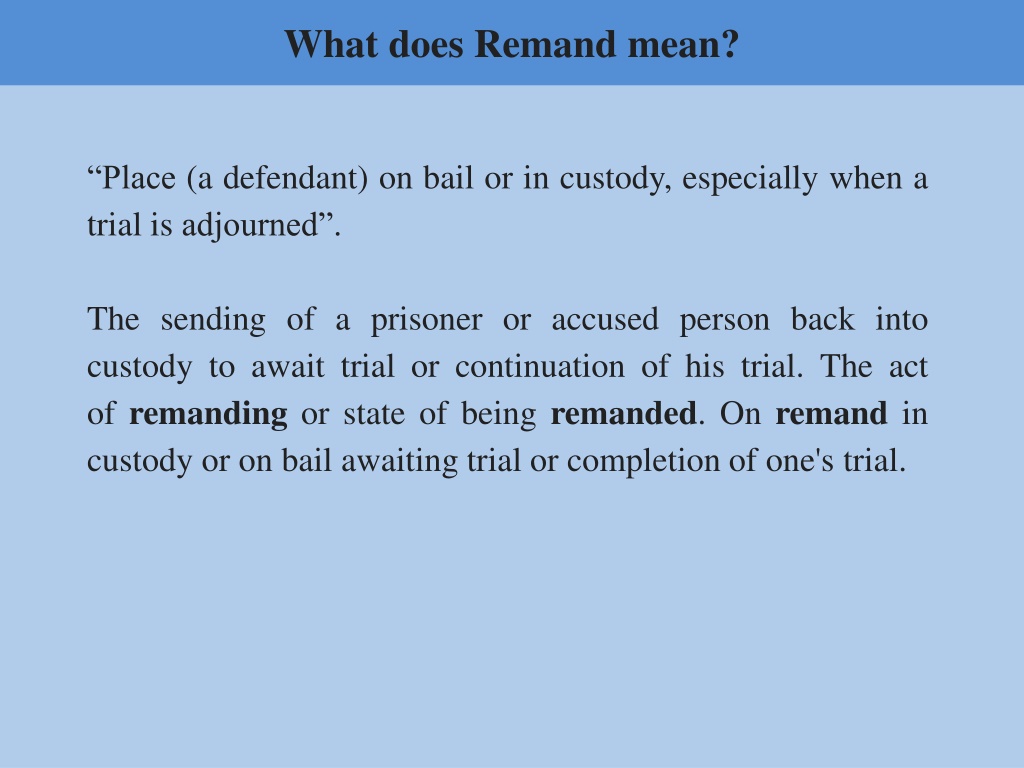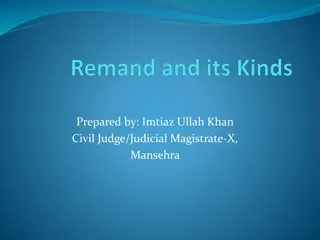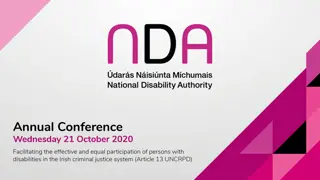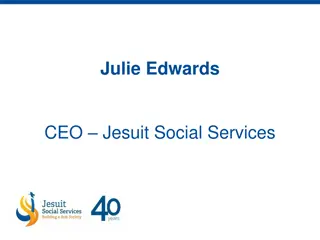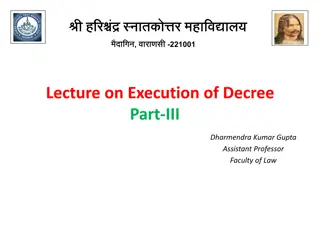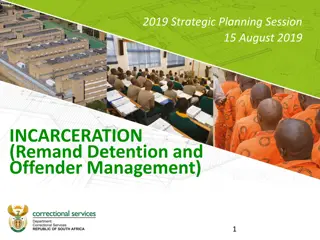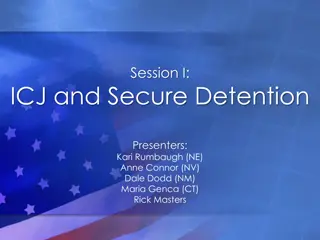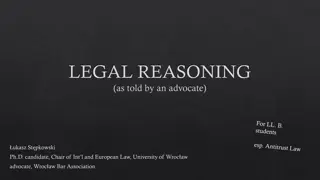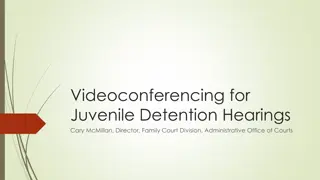Understanding Remand and Detention in Legal Contexts
Remand refers to the act of placing a defendant on bail or in custody, usually during trial proceedings. Detention, on the other hand, involves confinement or imprisonment for a short period, typically for wrongdoing. Remand homes are British institutions for juvenile offenders awaiting trial or temporary custody, aiming to provide care, protection, and skills development.
Download Presentation

Please find below an Image/Link to download the presentation.
The content on the website is provided AS IS for your information and personal use only. It may not be sold, licensed, or shared on other websites without obtaining consent from the author. Download presentation by click this link. If you encounter any issues during the download, it is possible that the publisher has removed the file from their server.
E N D
Presentation Transcript
What does Remand mean? Place (a defendant) on bail or in custody, especially when a trial is adjourned . The sending of a prisoner or accused person back into custody to await trial or continuation of his trial. The act of remanding or state of being remanded. On remand in custody or on bail awaiting trial or completion of one's trial.
What is the mean of detention? Detention is a word for confinement or imprisonment, usually for a short time. If you're in detention, you probably did something wrong: you're being confined against your will.
Remand Home A British institution to which juvenile offenders may be committed by the court for temporary detention. Children from 8 to 16 sent to remand homes for periods up to one month. Remand homes serve as detention/ custody sites (maximum of 3 months) for juveniles awaiting trial, or disposal after a guilty verdict. Children in need of care and protection and children beyond parental control are also commonly kept in the remand home while a social inquiry report is being prepared.
Objectives of Remand Home The objective was to have at least doubled the children s skills and improved their attitudes by the end of the year. The children are counseled, trained, and empowered in order to transform their attitudes positively. The purpose of such correctional institution is to provide affection and security to its inmate which they very much need, to educate them to lead a normal life and to give them a training in various crafts to make them economically self-sufficient.
